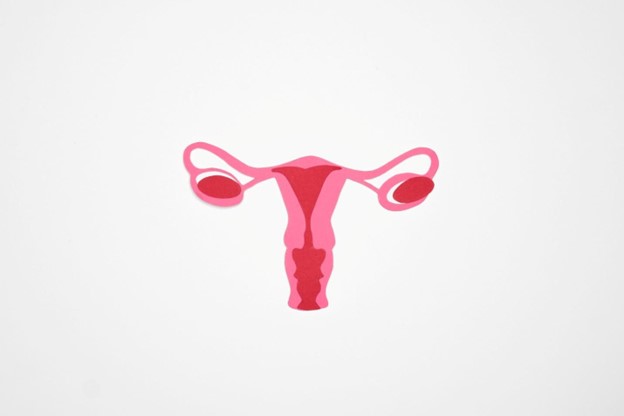Screening is checking people for diseases in their early stages before they show any symptoms. For screening to be effective, the tests must:
- be capable of accurately detecting tumours or conditions that could develop into cancer
- do the participants do more good than harm
Cervical screening tests for strains of HPV (human papillomavirus). It can also help detect abnormal cells for cervical precancers. As such, it is a critical test that can help prevent cancer, though it is not a test for cancer. Continue reading this piece to discover everything you need about cervical screening.
What Is Cervical Screening?
The female reproductive system includes the cervix. It is located at the top of the vagina and is the lowest region of the womb. Using a tiny, soft brush (smear test), a nurse collects a sample of cells from the cervix and sends it to the lab during cervical screening.
Clearly, cervical screening is not a test for cervical cancer, despite what many people believe. A simple test called a cervical screening also referred to as a smear test, looks for certain strains of the human papillomavirus (HPV), which is a common infection.
The HPV and Pap test can aid early cancer detection or help with prevention.
Cervical Precancer
Cervical precancer is the term for abnormal-looking cells in the cervix that are not yet malignant. These aberrant cells could be the initial indication of cancer that subsequently appears. Typically, pain or other symptoms of cervical precancer are absent. A pelvic check or Pap test can detect it.
What Happens During Cervical Screening?
Your vagina will be inserted with a smooth, tube-shaped instrument called a speculum to open the walls of the vagina and reveal your cervix. Your cervix is then reached by a gentle brush that is put through the speculum. The brush will revolve a few times to gather the sample.
The brush will then be cleaned in a specimen pot and delivered to a lab for analysis. Keep in mind that you are in control and have the option to halt the test at any time. If the regular size of the speculum is uncomfortable, you might ask to lie in a different posture or request a smaller one.
This test is also known as a pap test.
Cervical Screening – When to Get Started
Between 21 and 29 years: At age 21, you should begin having cervical exams. Your doctor might advise you to wait three years before your next test if your results are normal.
Between 30 and 65 years: During this age range, you must consult your doctor to understand which testing option is best for you. You may need an HPV test only, an HPV test with a pap test, or a pap test only.
Above 65: Your medical professional may tell you that you no longer need cervical screening if your past screening tests were normal or you never had cervical precancer.
Test Results for Cervical Screening
Your test results can take as long as three weeks. If your test results do not come out normal, you don’t have to worry because it does not necessarily have to mean cancer. There could be several reasons for your test not coming back to normal.
Your doctor will guide you on treatment if your cervical screening test results reveal cells of abnormal nature that might become cancer in the future. In most cases, treatment methods can help prevent the development of cervical cancer.
Bottom Line
Cancer can be prevented by performing a cervical screening. The human papillomavirus (HPV) is tested for. Cervical cells can change due to high-risk HPV. The majority of cervical cancer cases have high-risk HPV as a cause.

